Foam concrete house low cost construction technology
Contact us to Add Your Business
WBA foam concrete house www.wba.li
Foam concrete is an ideal building material for walls as it can be produced in a number of densities with each its own properties.
Foam concrete can be produced to suit the particular requirements of each project and environment.
Foam concrete is strong, has a very good thermal insulation, a high fire rating and is very durable. Houses made with foam concrete can be designed to resist cyclones, earthquakes and a extreme weather conditions.
The expected effects of Climate Change can be incorporated in the design as well, making the houses very long lasting.
Modern formwork systems allows a very high production speed. All walls of one housing unit can be produced in one day. With proper organizing on the site, one complete house can be built per day with the use of one formwork mould.
Foamed concrete, also called cellular light weight concrete is produced by the mixing of Portland cement, sand including or alone fly ash, water and preformed stable foam. The foam is produced with the help of a foam generator by using foaming agent. The air content is typically between 40 to 80 percent of the total volume. The bubbles vary in size from around 0.1 to 1.5 mm in diameter.
Foamed concrete differentiates from (a) gas or aerated concrete, where the bubbles are chemically formed through the reaction of aluminum powder with calcium hydro oxide and other alkalies released by cement hydration and (b) air entrained concrete, which has a much lower volume of entrained air is used in concrete for durability. Curing of foamed concrete unit may be done as per IS: 456-2000. Curing can be speeded up by steam.
Foamed concrete may be produce by mixing the above mentioned ingredients in ready mix plant or ordinary concrete mixer. Foamed concrete is self compacting concrete requires no compaction, and will flow readily from a pump outlet to fill mould, form, restricted and irregular cavities. It can be pumped successfully over significant height and distances. The 28 days strength and dry density of the material vary according to its composition, largely its air voids content, but usually they range from 1.0 to 25.00 N/mm2 and 400 to 1800 kg/m3. The plastic density of the material is about 150 to 200 kg/m3 higher than its dry density.



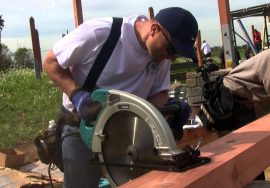
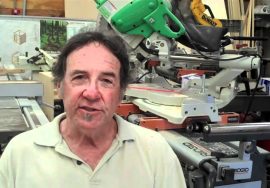
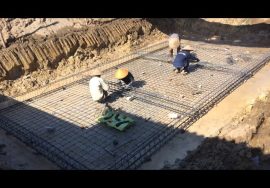
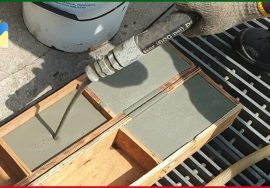
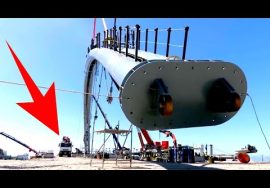
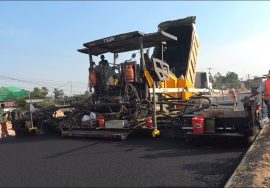


per sqare feet cost
core and shell +/- 6 USD/m2
Cost of construction plz
Lightweight concrete cost is around 35 USD / m3. From 1 m3 you can make 27 blocks with dimensions 600 x 300 x 200 it is almost 5m2 of wall with a thickness 200mm which is enough to provide good thermal conductivity http://www.pioner-group.com/concrete
Very good video, horrible music, change it or narrate the video.
Costing kya hogi eski
Small house 2bhk kitni cost ayegi
production cost for non autoclaved lightweight aerated concrete is 35 USD/ m3 http://www.pioner-group.com/concrete
What is the life of house